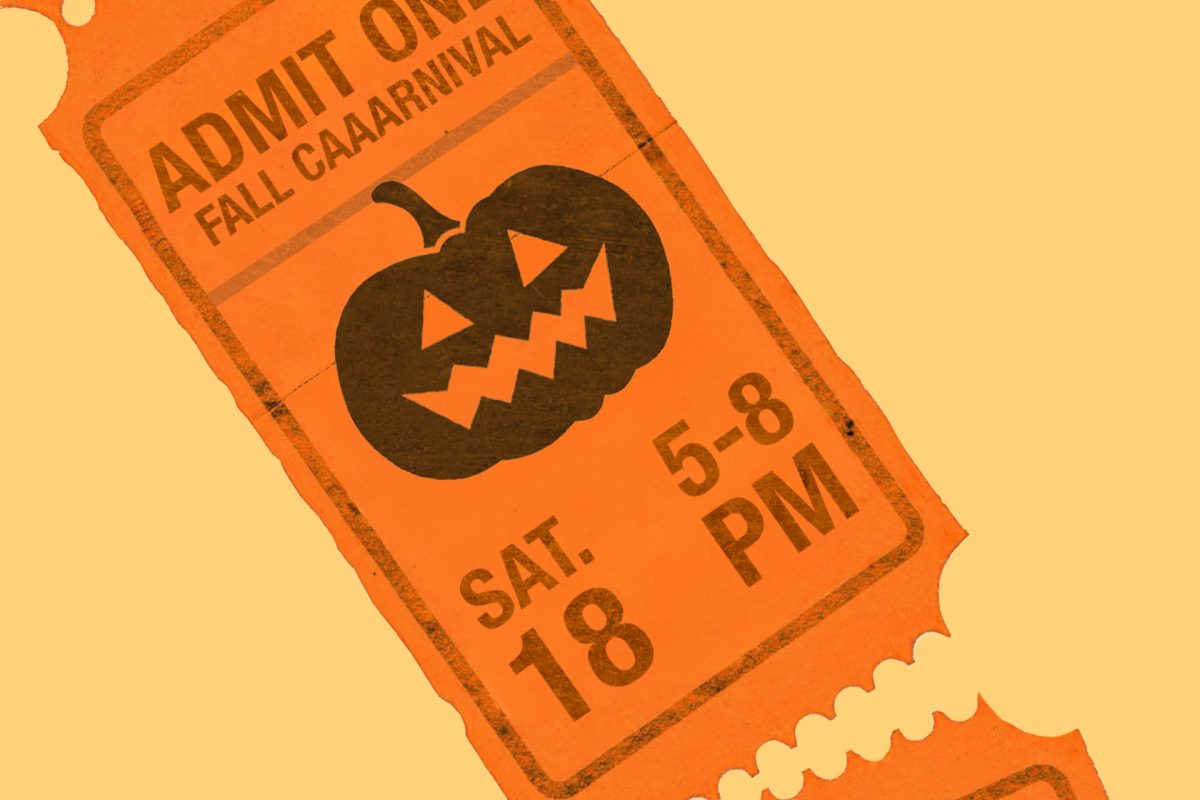The College of Veterinary Medicine held the grand opening of a new imaging center featuring a positron emission tomography scanner and a computed tomography scanner, as well as a radiation isolation unit at the MU Equine Hospital on Wednesday.
The PET/CT system will help to improve the accuracy and speed of treating cancer, cardiovascular disorders and Lou Gehrig’s disease, or ALS, in animals, associate oncology professor Dr. Jeffrey Bryan said. He said animals can leave the recovery area in as few as five days after being scanned.
“[The imaging center] is going to be useful for cancer and other chronic diseases,” Bryan said. “It is already useful for the brain and spinal cord as well as cancer and bone physiology. Almost any system you can name we can build tracers and we can image how they function.”
The system will provide new opportunities for plant science research, such as evaluating nutrient transport and root structure interactions in order to assist plants in growing under harsher weather conditions.
“So whether you’re a dog lover in St. Louis or you’re a farmer out in the middle of Missouri, this machine and this center has a lot to offer the state,” Bryan said. “This institution and this university I think has the unique tools to put that together and make real change for the world.”
Use of the scanner will also further understanding of how diseases, including ALS, work and spread in other organisms, Bryan said.
“We’re hoping to show that this agent can help us track the course of disease very accurately so we can translate that to humans as well,” he said.
Bryan said he expects about 15 years of use to come from the new machine. Based on the college’s current yearly number of nuclear medicine cases, Bryan said he expects the new machine to image or treat approximately 4,500 animals over the next 10 years.
The veterinary hospital also opened its radiation isolation unit, designed to keep animals exposed to radiation separate from the rest of the hospital. The unit has separate rooms for cats and dogs and allows them space to move around comfortably, Bryan said.
The location of the isolation unit and scanner are important as well. Dr. Jimmy Lattimer, associate professor of veterinary medicine and surgery, said that the isolation unit and scanner used to be on opposite ends of the hospital and animals would have to be transported after being injected with an isotope and again after being scanned.
He said this need for transport was a “less-than-ideal situation” and hopes to see the treatment of animals with chronic diseases improve with the unit now just one room over from the scanner.
The scanner currently has a weight limit of about 450 pounds, or as much as a small pony, Bryan said. It’s mostly being used for smaller domestic animals, like cats and dogs.
Bryan said the veterinary hospital requested the scanner and isolation unit about two and a half years ago. The campus invested a little over $3 million for the whole project, which was organized in part by the MU Research Reactor Center. Funding allocations included hiring new faculty members, delivering the scanner and setting up the isolation unit.
The PET/CT scanner itself cost about $1.8 million, but the college was able to purchase it at a discount due to a research contract with the company that produces the scanner, Toshiba Corporation.
Lattimer said he envisions progress using the scanner and isolation unit and that MU is one of the few veterinary schools to have this kind of facility and advanced imaging equipment.
“I think this is a big step forward,” he said.
_Edited by Olivia Garrett | [email protected]_













